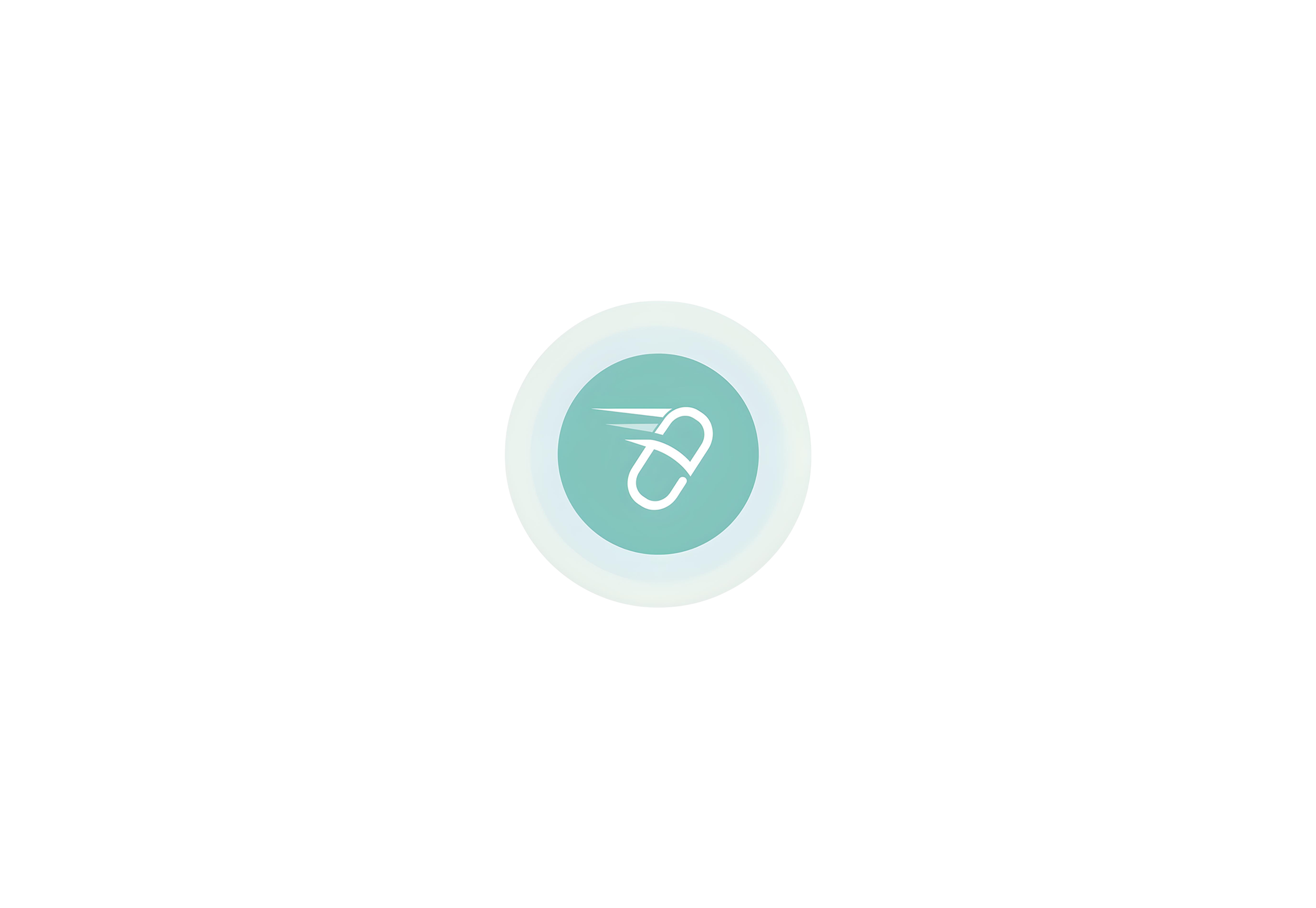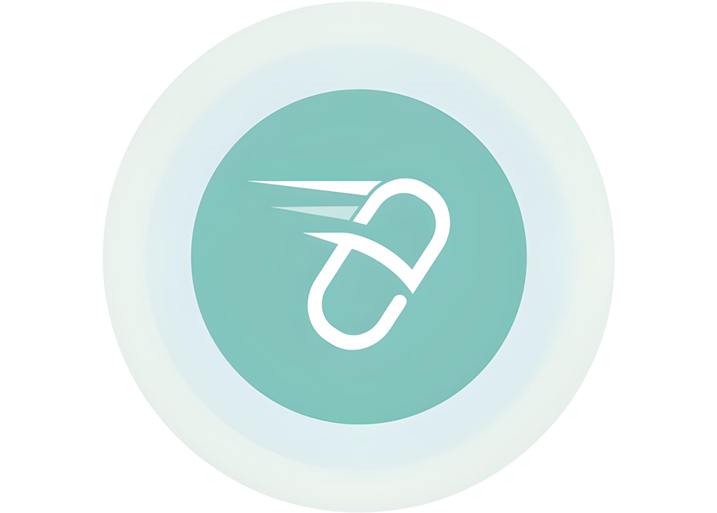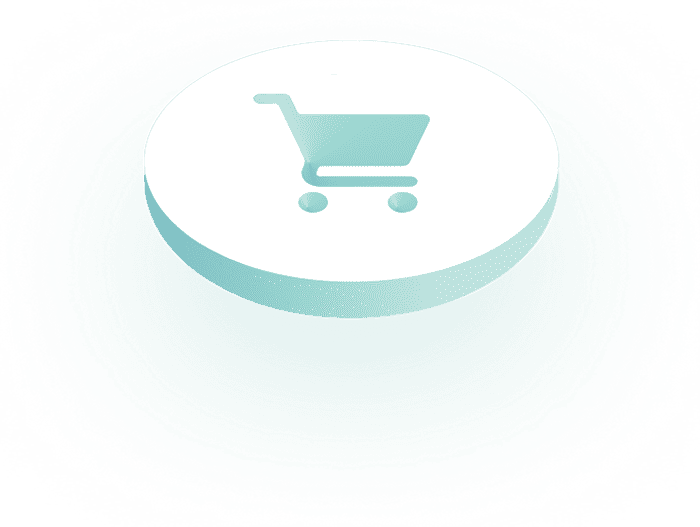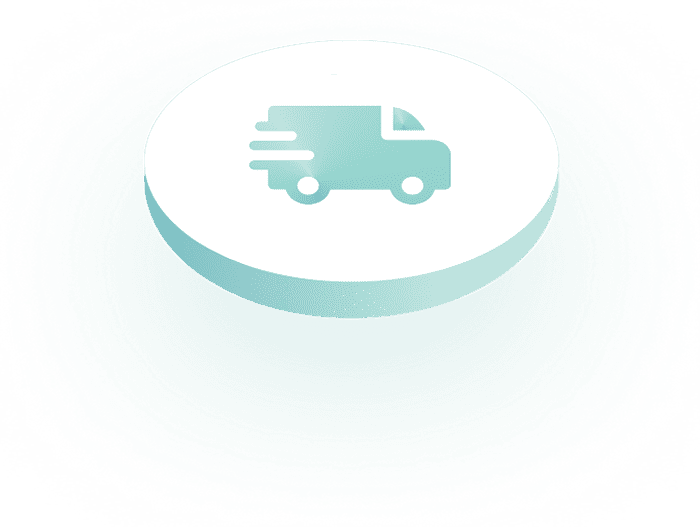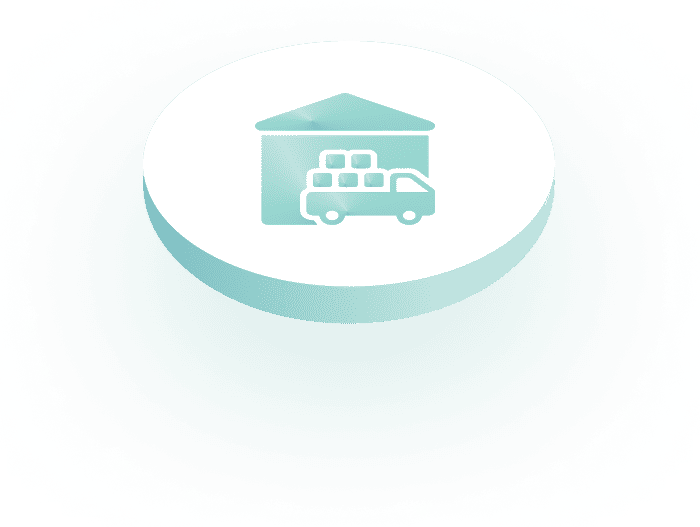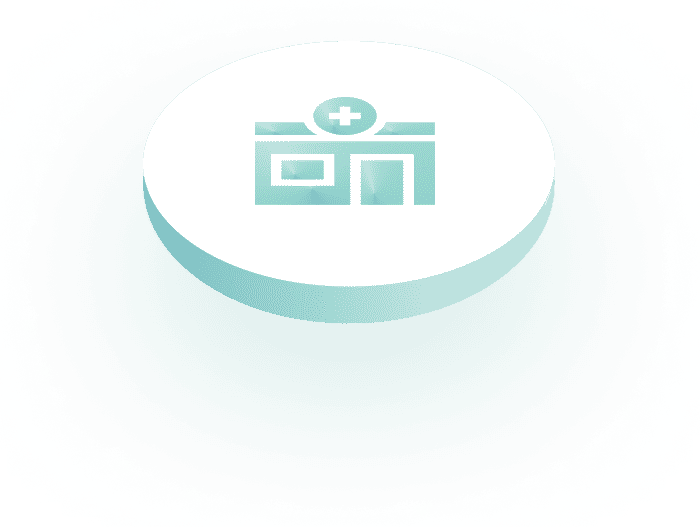

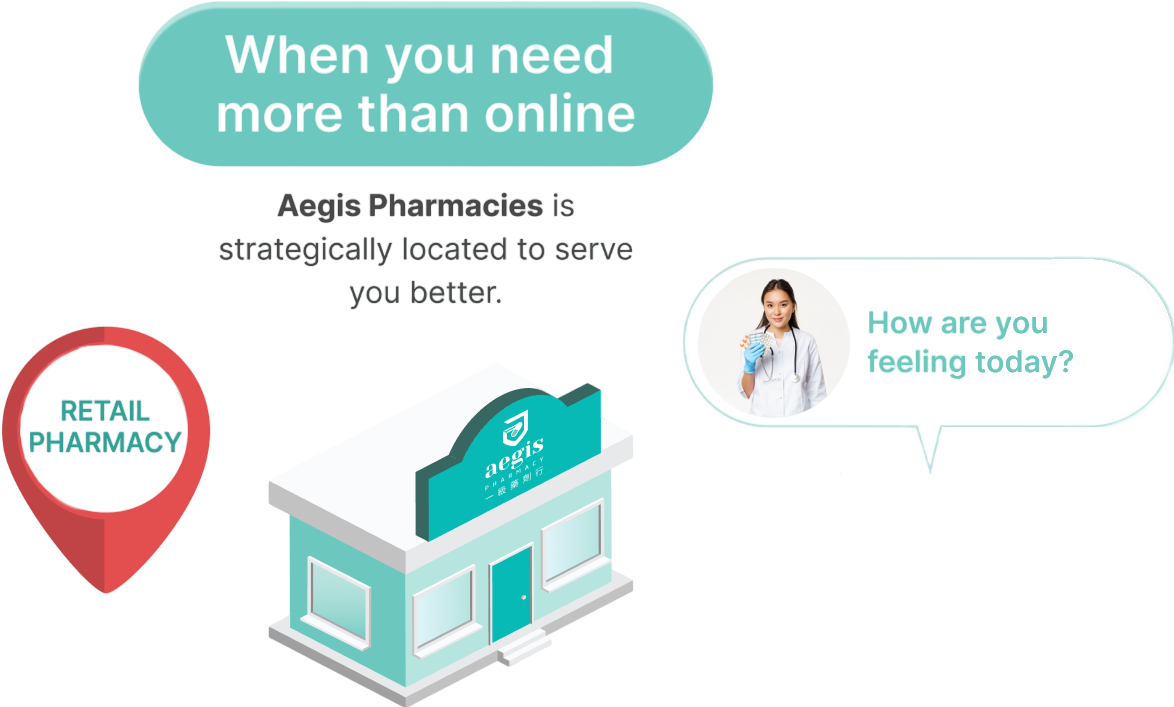
Designed With You
In Mind

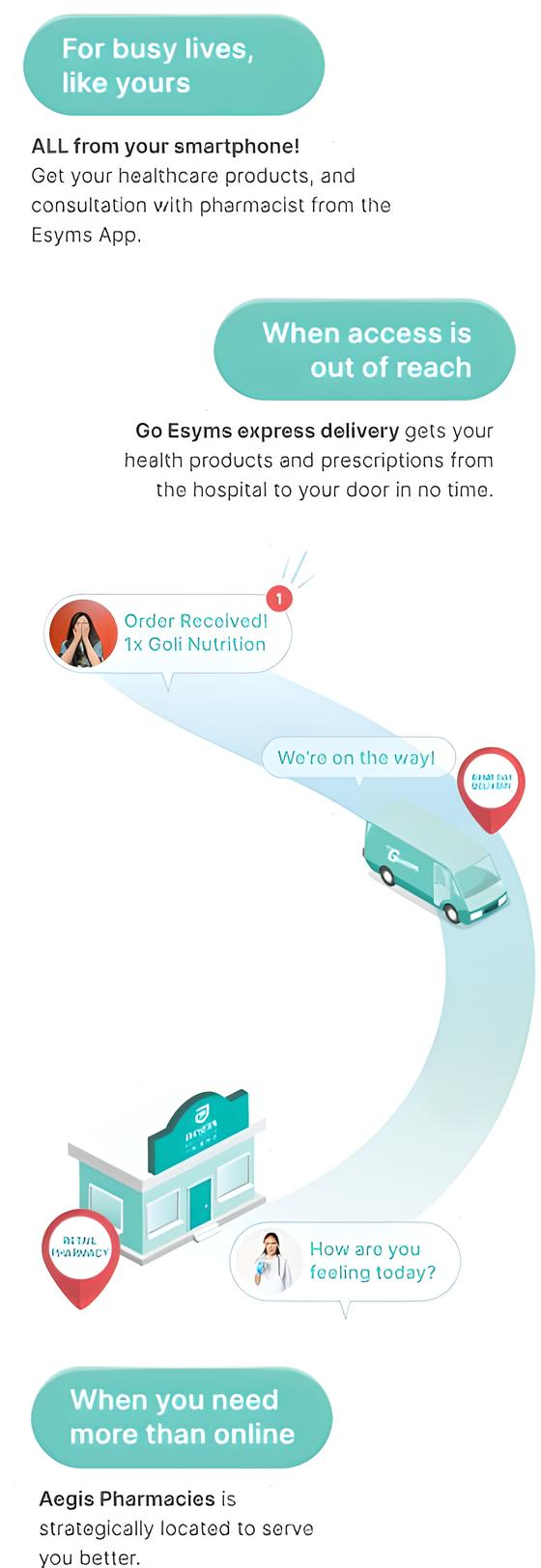
Founded by a Team of Passionate,
Certified Pharmacist
To Make Healthcare
Virtually Effortless
Innovative
Technology
We embrace cutting-edge technology and continuously seek innovative approaches to improve our healthcare platform and services.
Integrity
We operate with transparency, accountability, and adherence to the highest ethical standards in all our business practices.
Collaboration
We value teamwork and partnerships, working together to create a cohesive and supportive healthcare ecosystem.
Customer-
Centricity
We prioritize the needs and well-being of our customers, striving to provide the best possible healthcare solutions and services.
As Featured On





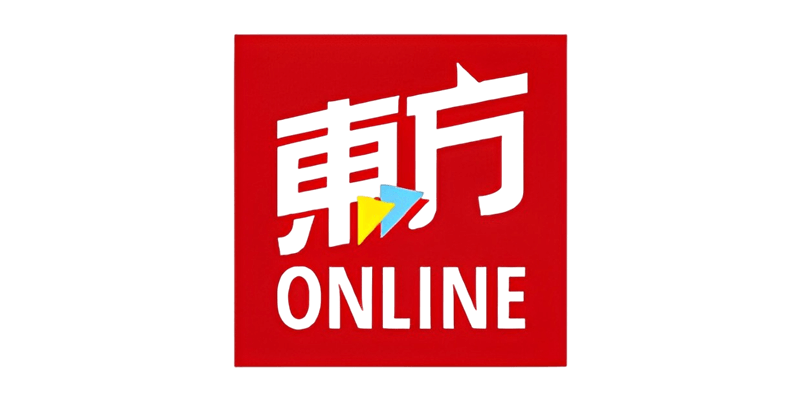




Let Us
Make Your Life Better
We're thrilled if our services can make even a 1% improvement in your life.


01 Allmeds Medicine Delivery
We Deliver All Kind of Medicines for You -
Fast.
We ensure that your medication, including those requiring special handling or precise management, is delivered safely and accurately. Our dedicated team takes every precaution to handle and transport your medicines with the utmost care, adhering to strict guidelines to preserve their quality and effectiveness.



02 Esyms Online Pharmacy
Purchase Healthcare Products With Just Few Taps.
With over 10,000 products, we cover all your needs—from health essentials and skincare to prescriptions, hair care, household items, and mom & baby care. Our extensive range ensures that you have access to high-quality products that cater to every aspect of your well-being.
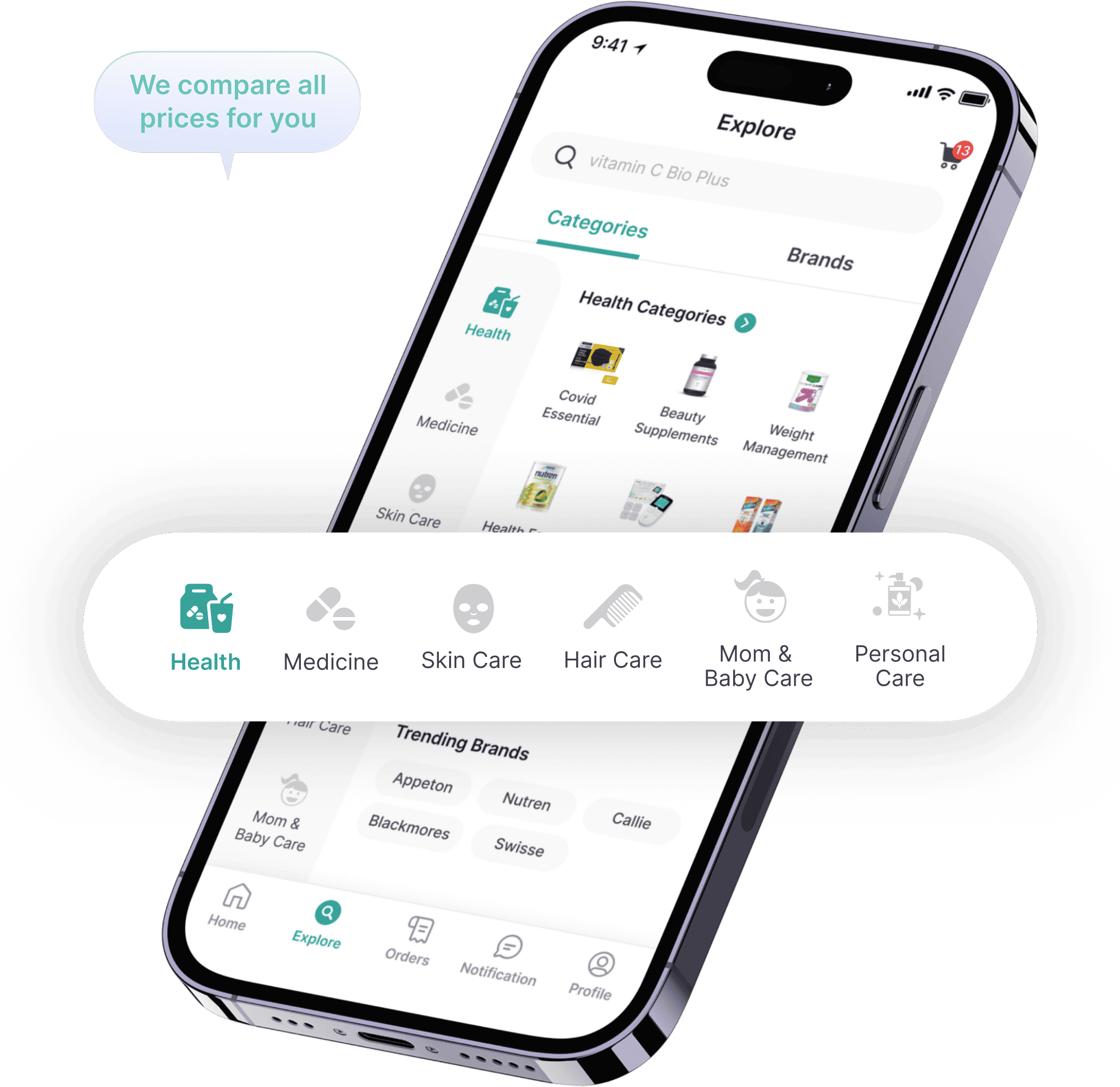


03 Telepharmacy Services
Solve Your Health Concerns Even If You Are at Home
With our telepharmacy service, feel free to consult our certified pharmacist anytime, anywhere. Whether you have questions about your medication, need expert advice on managing your health, or seek personalized recommendations, our team is just a call or click away.



04 Aegis Retail Pharmarcy
Retail & Partnership to complement B2B2C ecosystem
We create a complete pharma-tech ecosystem that bridges the gap between businesses and consumers. Not only that, we aim to enhance accessibility and convenience for our customers by partnering with more than 1,000 retail pharmacy outlets in the whole nation.



05 Esybox
Esybox: 24/7
Pharmacy at Your Fingertips
Access your pharmacy needs anytime, anywhere with Esybox. Our 24-hour vending machines provide a convenient solution for all your healthcare essentials. Whether it's late-night medication or a quick health fix, Esybox is always there for you.
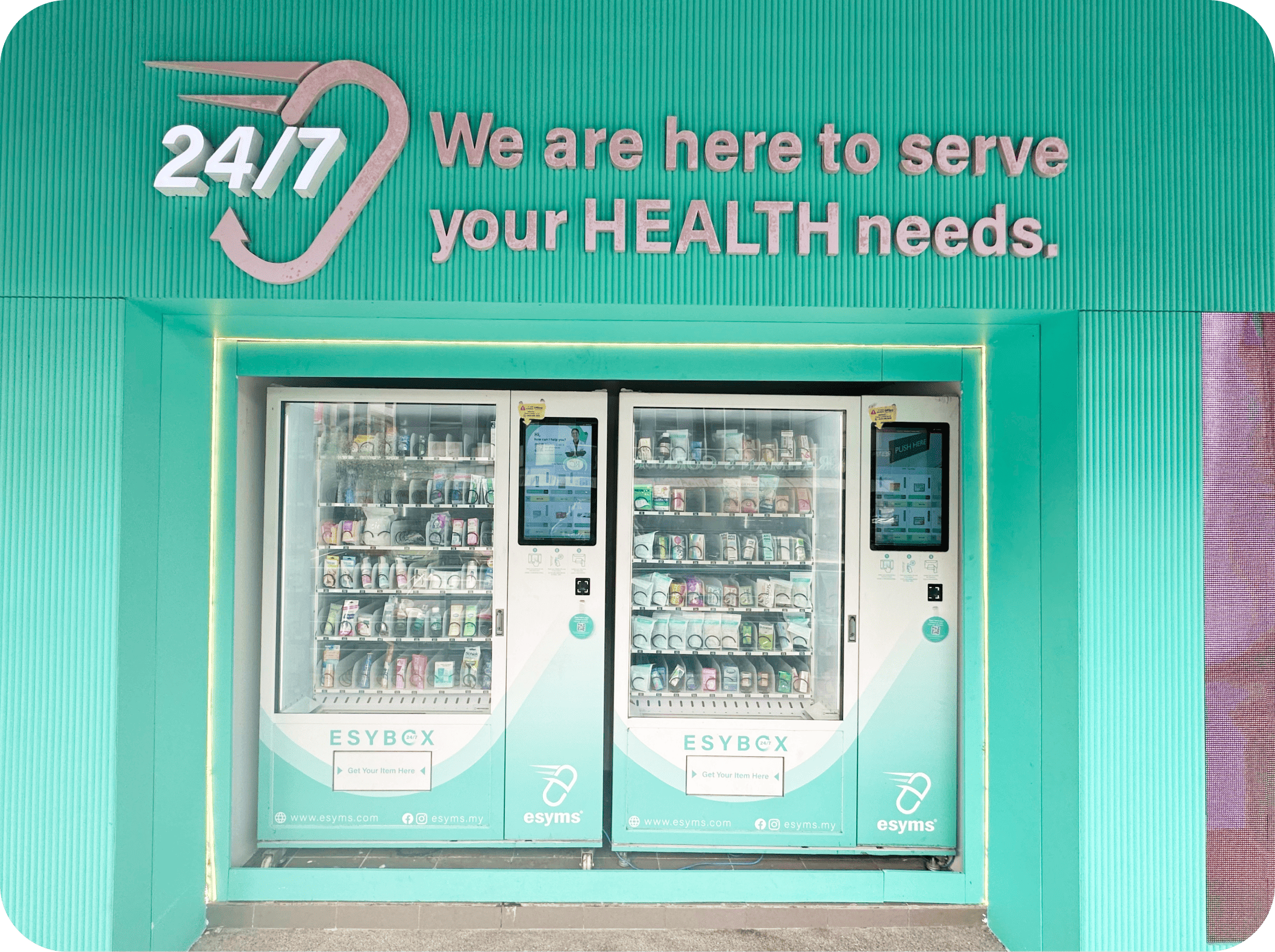


01 Allmeds Medicine Delivery
We Deliver All Kind of Medicines for You -
Fast.
We ensure that your medication, including those requiring special handling or precise management, is delivered safely and accurately. Our dedicated team takes every precaution to handle and transport your medicines with the utmost care, adhering to strict guidelines to preserve their quality and effectiveness.



02 Esyms Online Pharmacy
Purchase Healthcare Products With Just Few Taps.
With over 10,000 products, we cover all your needs—from health essentials and skincare to prescriptions, hair care, household items, and mom & baby care. Our extensive range ensures that you have access to high-quality products that cater to every aspect of your well-being.



03 Telepharmacy Services
Solve Your Health Concerns Even If You Are at Home
With our telepharmacy service, feel free to consult our certified pharmacist anytime, anywhere. Whether you have questions about your medication, need expert advice on managing your health, or seek personalized recommendations, our team is just a call or click away.



04 Aegis Retail Pharmarcy
Retail & Partnership to complement B2B2C ecosystem
We create a complete pharma-tech ecosystem that bridges the gap between businesses and consumers. Not only that, we aim to enhance accessibility and convenience for our customers by partnering with more than 1,000 retail pharmacy outlets in the whole nation.



05 Esybox
Esybox: 24/7
Pharmacy at Your Fingertips
Access your pharmacy needs anytime, anywhere with Esybox. Our 24-hour vending machines provide a convenient solution for all your healthcare essentials. Whether it's late-night medication or a quick health fix, Esybox is always there for you.







Synergistics
Partners
We collaborate closely to achieve mutual success, leveraging our combined strengths for innovative solutions and growth.

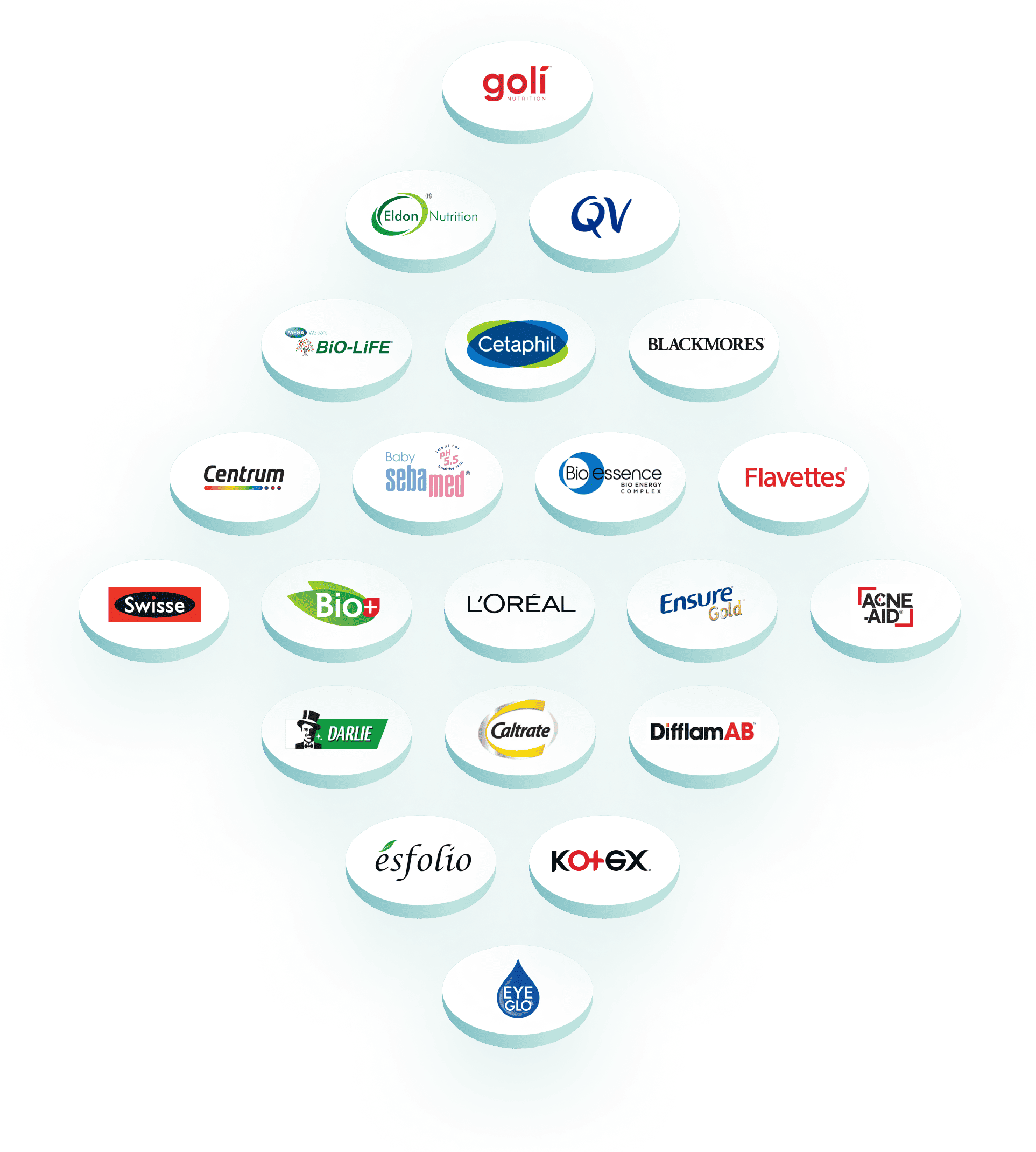
Pharma Wholesale
Bridging
Brands & Markets
From our own portfolio of pharmaceutical brands to working with brands both local and global, we continue to expand our product offerings and enhance market reach.
We employ targeted strategies to penetrate and establish brands in new and existing markets, leveraging our extensive healthcare network and market insights.


Esymsbiz Merchant App
Innovative Solution
to Procurement Needs
From procurement needs to streamlining your inventory and operations, our apps allows you to do that so you can focus on what really matters - your customers.
As we provide irresistible rates on daily group buy promotions and our wholesale offers.


Logistic Excellence
Streamline Supply Chain & Enhance Service Delivery
From in-house fleet to strategic 3PL Partnerships, we ensure prompt and dependable delivery, meeting deadlines and customer expectations.
Our logistics capabilities enable on-demand delivery, setting industry standard when in comes to ensuring timely fulfillment and providing exceptional value, aiding our partners in delivering outstanding service to their customers.
Why Choose Esyms?
Join millions who trust Esyms for expert care and seamless service. Our certified team ensures top-quality healthcare, delivered right to your door, anywhere you are.

Nationally Cover
We're available wherever you are.

Team Experience
Our experts have more than 10 years of experience.
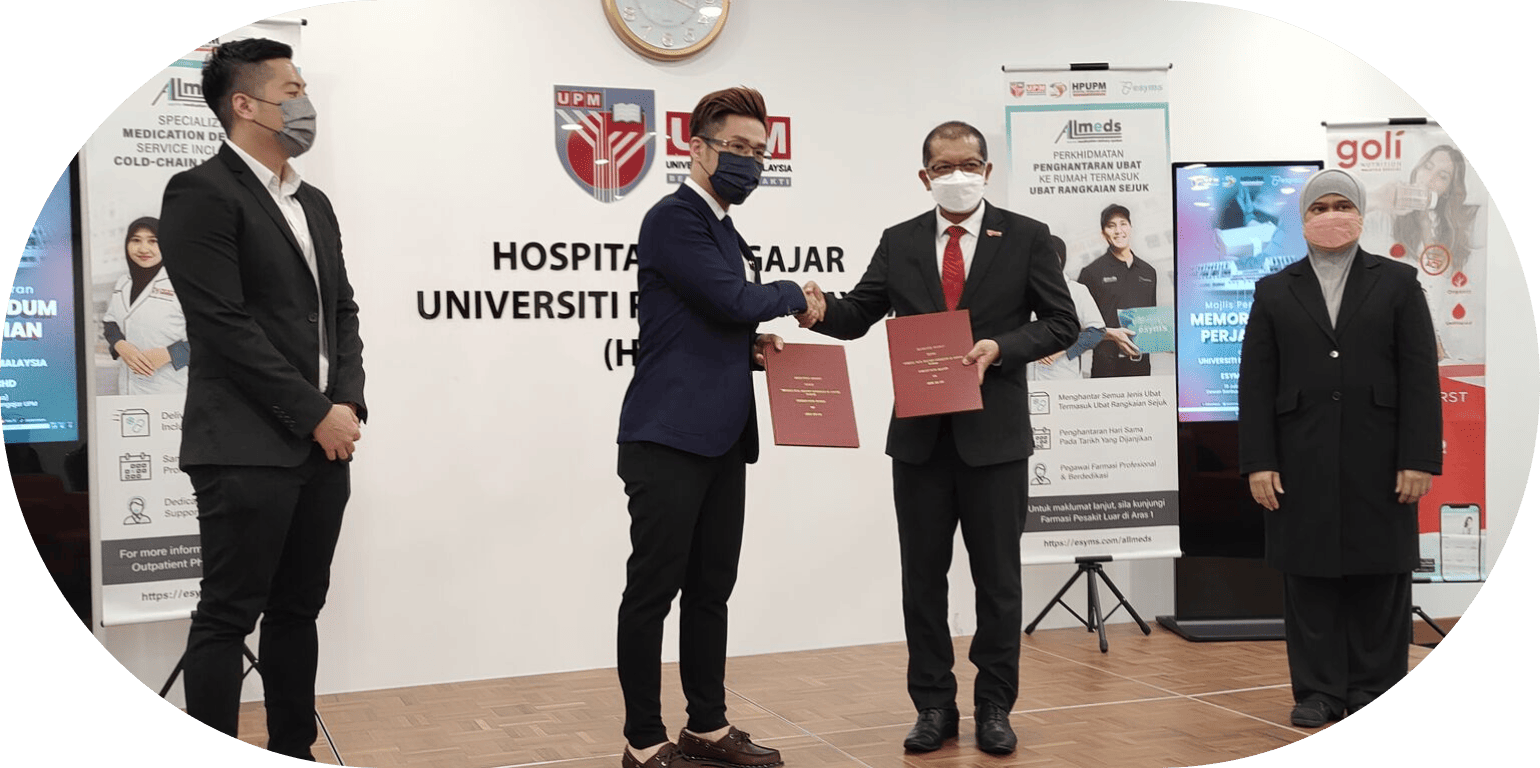
Certified by Hospitals
Trusted and certified by hospitals.

We’re an Ecosystem
A complete healthcare solution in one place.
Frequently Asked Question
Esyms is an innovative healthcare platform to ensure that quality healthcare should be accessible to everyone, regardless of where you are.
Esyms is operated by a team of pharmacists at its core who are passionate about improving healthcare as a whole.
Feel free to contact us through our customer service live chat, or drop us an email at hello@esyms.com.
Allmeds is a specialised delivery service for all types of medication including cold chain, provided by Esyms.
Patients eligible for Allmeds medication delivery include those with a prescription valid for more than two months, who are compliant and understand their medication usage, and who agree to bear the delivery service fee.
Download the Esyms app, navigate to “Allmeds, and complete your registration. Once your account is approved by the facility, you can start using the services right away.
The Allmeds service is free to use; you only need to cover the delivery fee when paying for your scheduled order.
Yes, you can enter their medical details when registering for Allmeds on the Esyms app. Currently, you can register up to five Allmeds profiles.
Telepharmacy is a way for you to receive healthcare consultations from a certified, licensed pharmacist through remote means – Phone, Message or Online Chat.
Yes, the service is completely free, with no hidden costs.
Your information is highly secure. Our telepharmacy service uses advanced encryption and privacy protocols to protect your personal and medical data.
We conduct an interview with every pharmacist who aspires to join the Esyms family. Every pharmacist is also registered with the ministry of health MOH. The rating system also helps us in ensuring that the services you receive are up to standard.
The telepharmacy service provided by Esyms is NOT MEANT FOR EMERGENCIES. If you suspect that something is seriously wrong, please visit your nearest clinic or hospital to receive immediate medical care.


